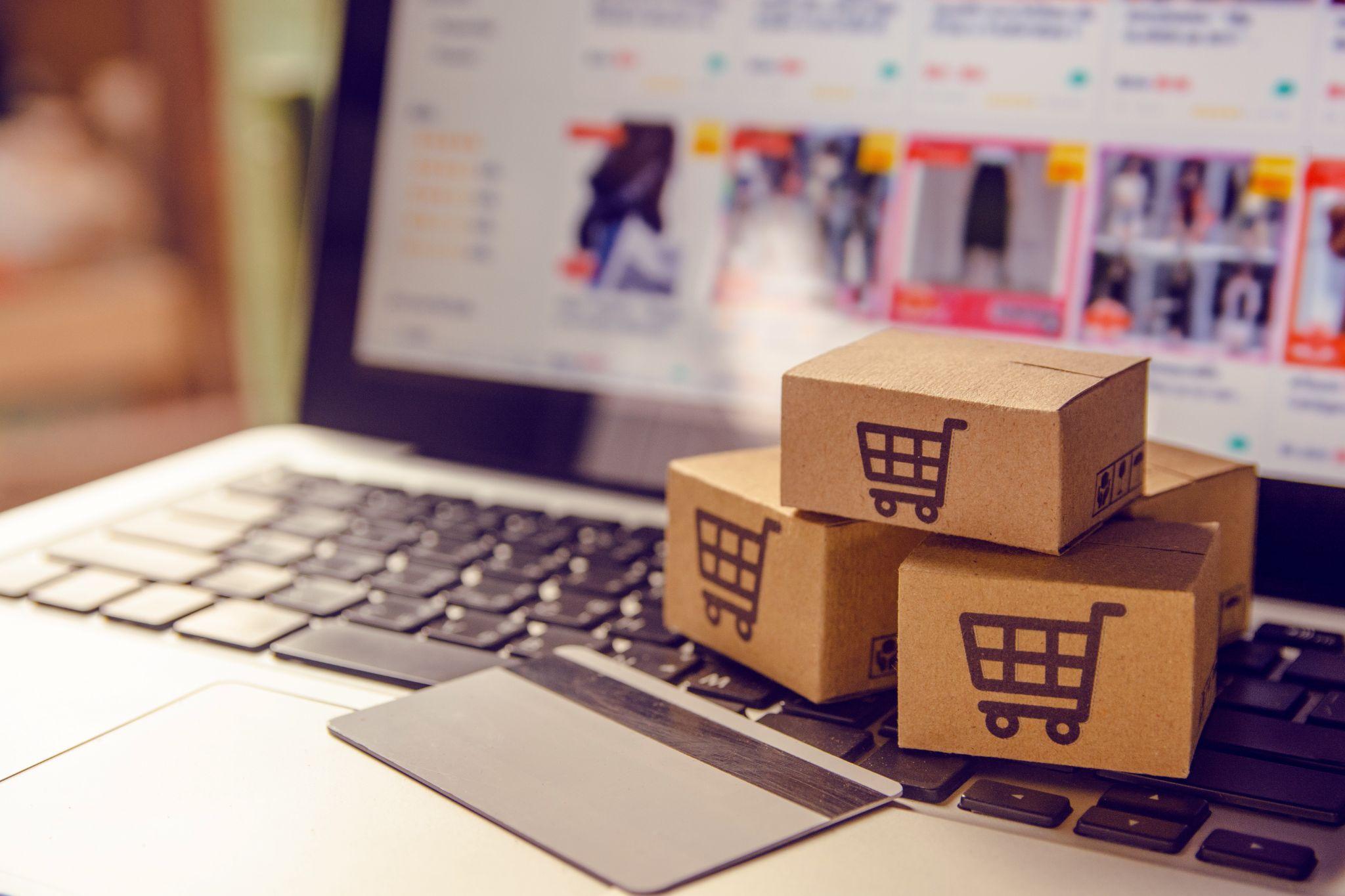Not all web pages are created equal, especially when you’re driving paid traffic to your ecommerce store. While product pages are often the default destination, they aren’t always the best-performing choice. In fact, landing pages frequently outperform traditional product listings in advertising campaigns if they’re built with intention.
Understanding when to use a landing page versus a product page is critical to your ecommerce landing page strategy. It affects everything from conversion rates and customer engagement to your return on ad spend. By choosing the right page for the right purpose, you can streamline the user journey, reduce bounce rates, and increase revenue.
Let’s explore the differences between these two page types and when each should be used to support your broader strategy.
Understanding the Purpose of Product Pages
Product pages are a foundational element of any ecommerce site. They are designed to provide all necessary details about a single product, including images, descriptions, specifications, pricing, shipping information, and customer reviews. These pages are typically part of your main website navigation and are built to support browsing behavior. Visitors land on them while exploring your catalog or searching for a specific item.
While product pages are essential, they are not always optimized for paid acquisition. They often include distractions such as menus, links to other products, and multiple calls to action. For returning visitors or organic shoppers, product pages serve a clear purpose. But for cold traffic from paid ads, they often fall short.
The Role of Landing Pages in Ecommerce
Landing pages, by contrast, are highly focused web pages created for a specific marketing campaign. A well-crafted landing page removes all unnecessary elements—navigation bars, unrelated links, and competing CTAs —so the visitor is funneled toward one goal: completing a purchase, signing up, or taking the next desired action.
The strength of ecommerce landing pages lies in their ability to tailor messaging, design, and offers to a specific audience or intent. If you’re promoting a seasonal bundle through Facebook ads or testing a new product launch with Google Shopping, a landing page gives you full control over how that message is presented.
Landing pages also allow you to address objections, highlight benefits, and showcase testimonials or trust indicators in a structured flow that guides visitors toward conversion. This level of control makes them incredibly effective in paid media campaigns.
Choosing the Right Page: Context Matters
An effective ecommerce landing page strategy begins with understanding your audience and the traffic source. If your campaign is targeting first-time visitors who don’t yet know your brand, a landing page will usually perform better. That’s because new visitors need a narrative—a guided journey that introduces the product, explains its value, and builds trust before asking for a purchase.
In contrast, if you’re targeting returning customers or those actively searching for a specific product by name, a product page can be appropriate. These users are more informed, more intentional, and may be looking for detailed specs or related options within your store.
You should also consider your campaign objective. If you’re promoting a flash sale, an influencer collaboration, or a limited-time offer, a landing page creates urgency and clarity. But if the goal is to support broad catalog visibility or allow shoppers to browse a full product line, product pages are better suited.
The Impact on Conversion Rates and ROI
From a performance standpoint, landing pages almost always outperform product pages in paid acquisition campaigns. This is due to their clarity of purpose and ability to align perfectly with the ad that brought the user there. By eliminating friction and reducing exit points, ecommerce landing pages consistently yield higher conversion rates and better ROI.
Moreover, landing pages are easier to test and optimize. You can experiment with different headlines, images, pricing strategies, or urgency cues without disrupting your core website. This makes them ideal for agile marketing teams focused on continuous improvement.
On the other hand, product pages typically serve more of a long-tail function. They are great for SEO, catalog navigation, and retaining users who prefer to shop through exploration. But they are not built with conversion velocity in mind.
Integrating Both Into Your Strategy
The most effective ecommerce landing page strategy is not about choosing one or the other—it’s about using both intentionally. Landing pages should be used for campaigns, offers, and promotions where message match and clarity are essential. Product pages should remain the foundation of your organic discovery and returning visitor experience.
Brands that understand this distinction—and deploy the right page in the right context—see stronger performance across every metric, from click-through rate to average order value.
Want to build high-converting landing pages that align with your brand and checkout flow? Checkout Champ makes it easy to create seamless ecommerce landing pages that convert. With lightning-fast load times, mobile optimization, and built-in upsell functionality, it’s the platform of choice for brands focused on growth. Explore how smarter pages can drive smarter results—without compromising user experience.


